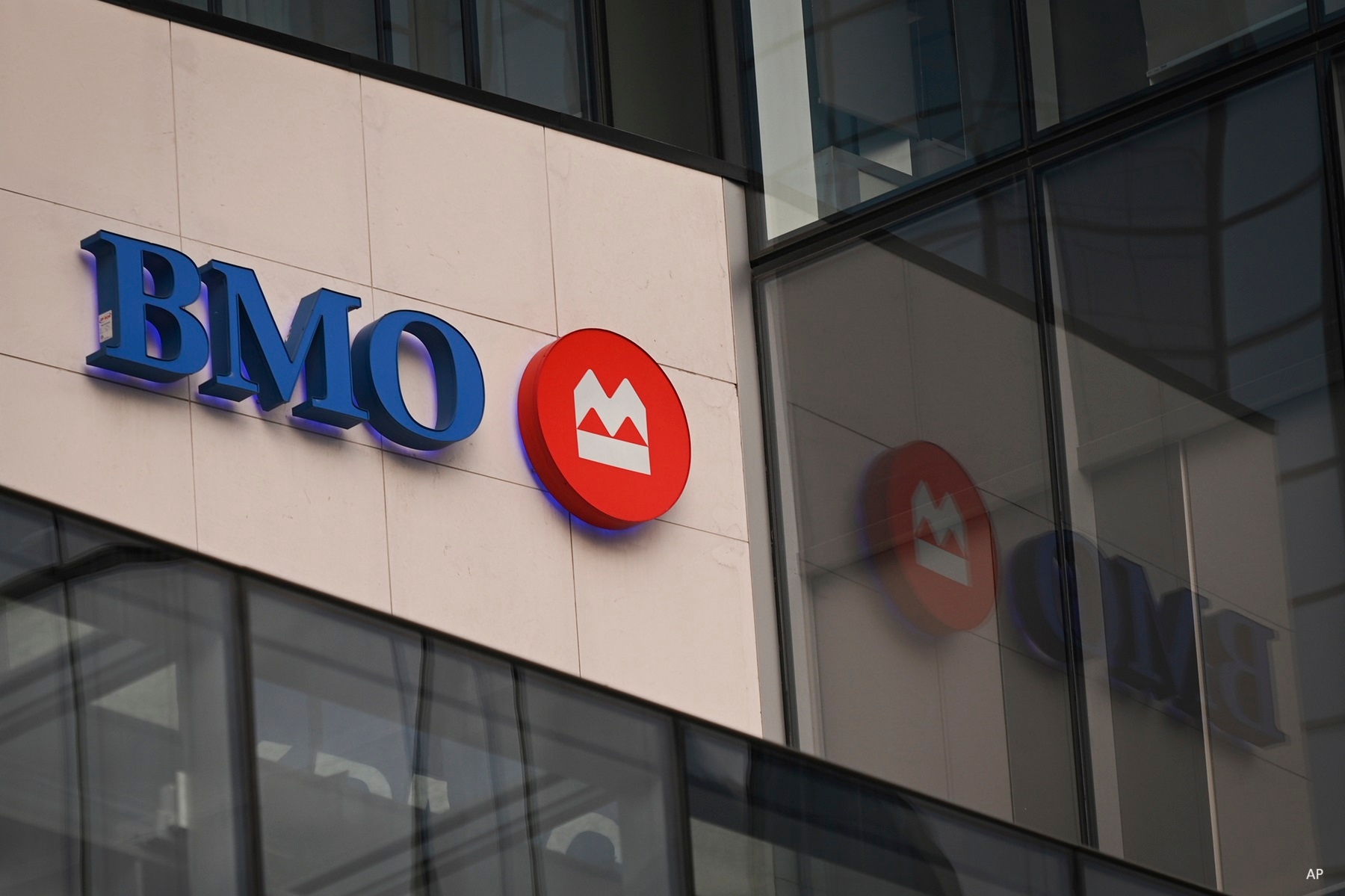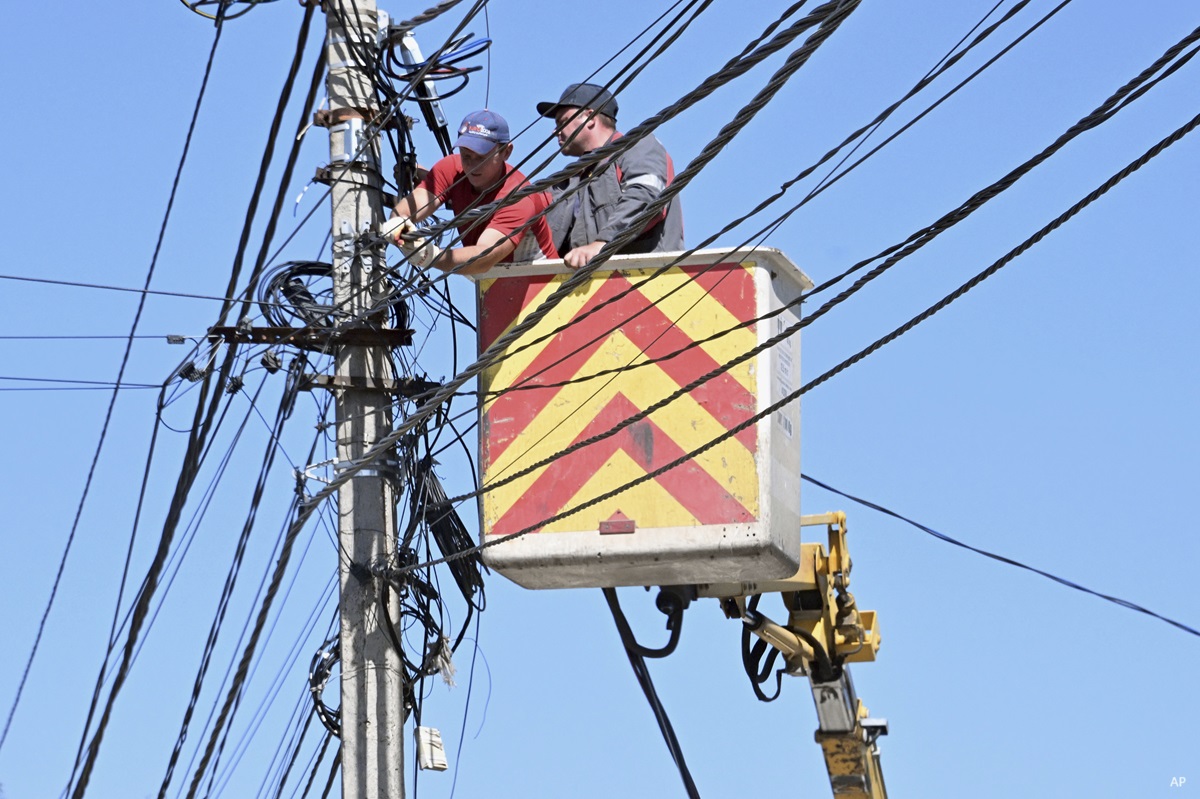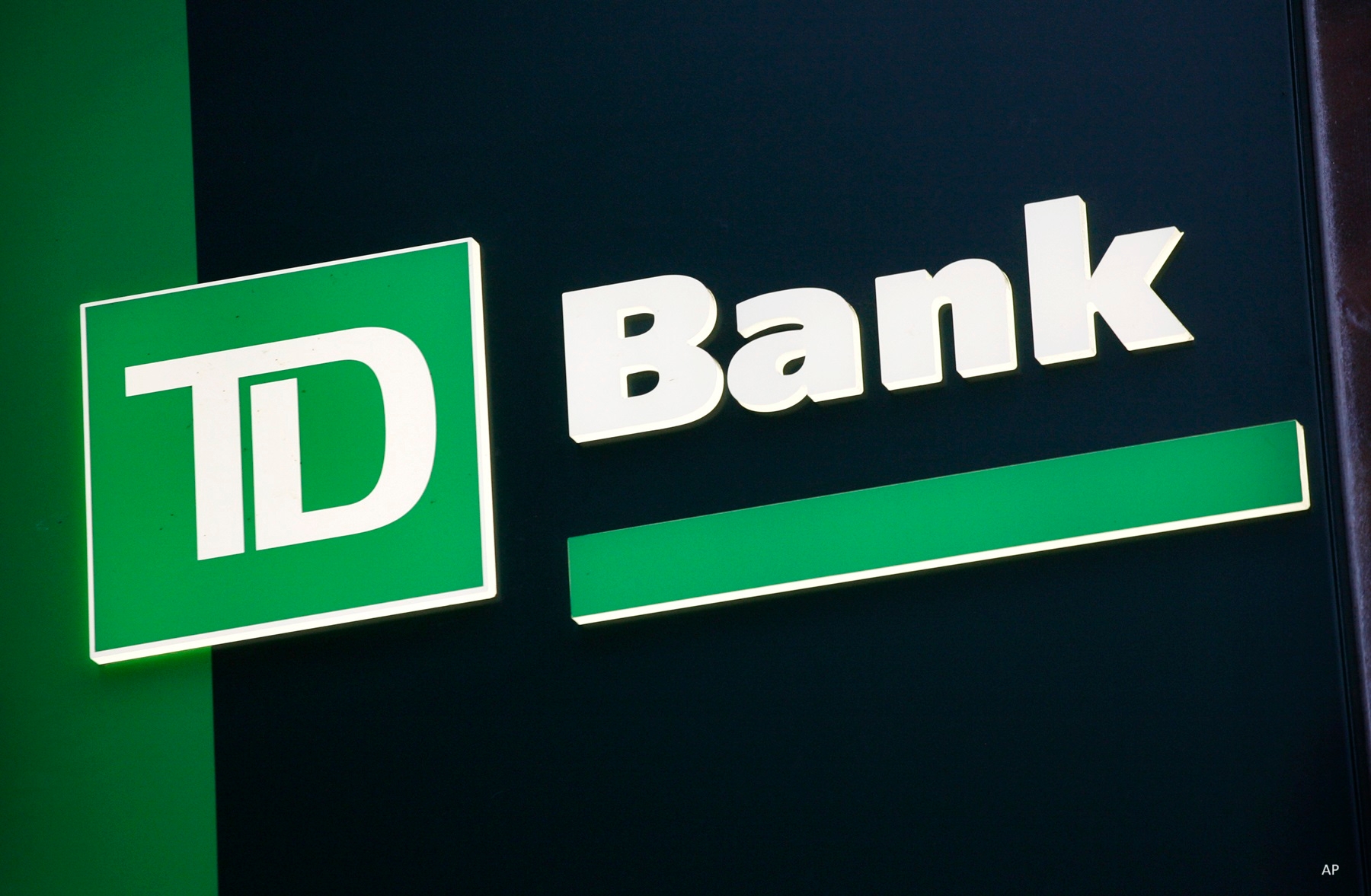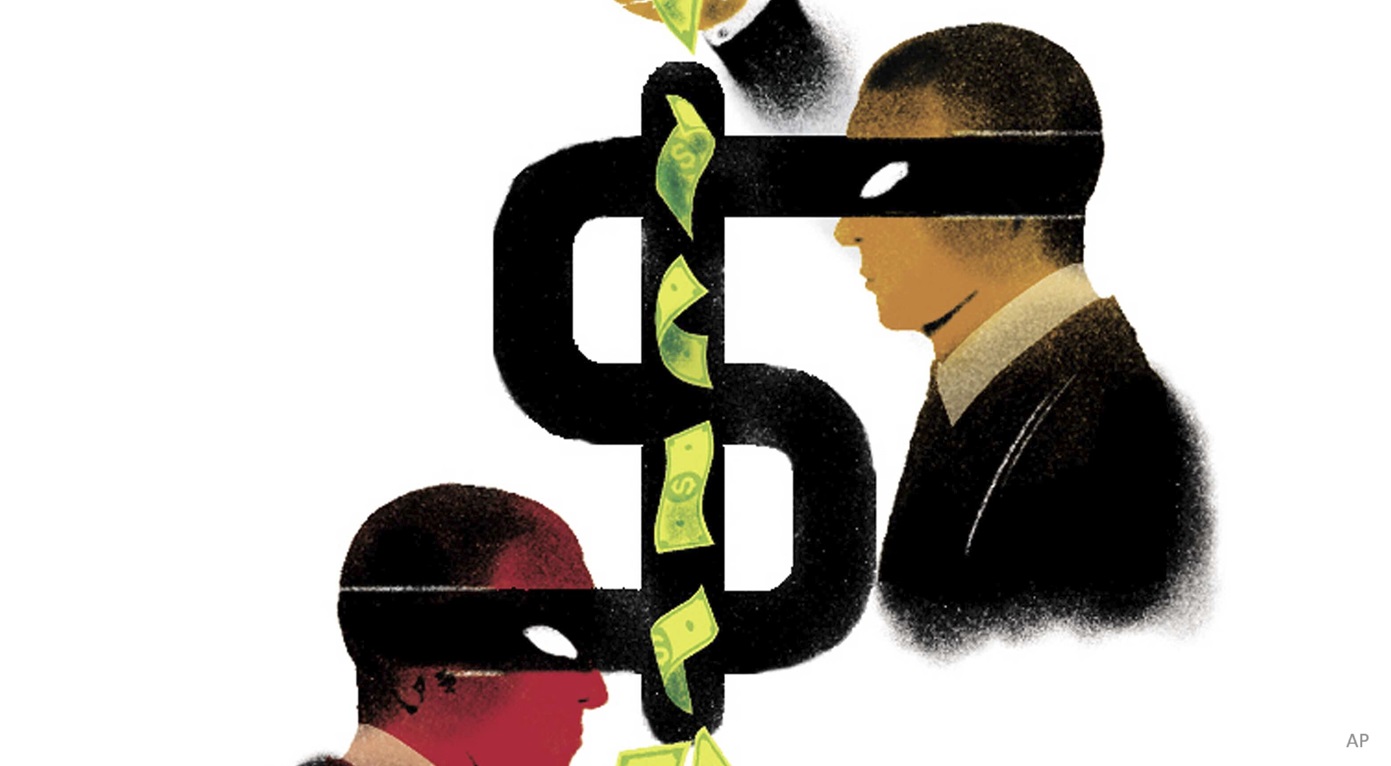Note: This video is part of Morningstar Canada's Women in Investing Special Report
Ruth Saldanha: A Janus Henderson report last month showed that in 2018 Canadian dividends jumped 11.8% with a record US$41 billion in dividends paid out last year. This was the fastest underlying growth among major developed economies. But is this growth likely to continue this year, especially with risks to economic growth persisting? With me to discuss the Canadian dividend outlook for 2019 is Vivian Lo, Vice President and Senior Portfolio Manager of the Gold-rated imaxx Canadian Dividend Plus Fund.
Vivian, thank you so much for joining us today.
Vivian Lo: Thank you.
Saldanha: Before we jump directly into the dividend question, what is your equity outlook for 2019? Do you expect a recession?
Lo: Well, there's been a lot of chatter about whether a recession is eminent in Canada. And while yes, it is possible, we are very late stages of our economic cycle right now, I don't think we are there just yet. And so, if you think about what can really – or what can trigger a recession? If the Bank of Canada hikes rates too quickly and too aggressively for the Canadian households to handle, they are carrying a high level of debt. Especially after the recession in 2008, they were levering up while the U.S. households were reducing their leverage. And so, if rates do rise too quickly, this could put a lot of strain on the Canadian households. But if you think about on the flipside of it, the loan to value ratios of the Canadian and U.S. households are not that dissimilar despite the higher leverage numbers. Canadian banks, the risk has been pushed to the government since they do insure the riskier mortgages. And then, on top of that, if you look at our employment numbers, actually strong. We are looking at 5.5% unemployment rate right now in Canada. Wages are growing about 2%; inflation is quite manageable. So, from an economic perspective, there's nothing to suggest that a recession is eminent, but there are yellow flags that we are watching out for. And there's noting to suggest to us at this point that a recession is eminent in Canada.
Saldanha: However, you do see these yellow flags as a result of which you do expect slower growth. Do you think this will drag on dividends as well? What is your dividend outlook for 2019?
Lo: Yeah, it's a fair point. So, dividend growth generally follows what earnings growth does. And so, in 2018, we saw very strong earnings growth of close to 15%. For 2019, we are expecting earnings growth anywhere between 6% to 8%. And so, from a dividend growth perspective, similarly that will decline as well. Not in the negative territory I mean, but it will slow from 11% last year to anywhere between 5.5% this year. And I think it's important to remember that when companies set their dividend policy expectations, they do take a longer-term perspective. And so, if they do increase their dividends, they have to be sure that the business outlook can support the higher rate going forward. The last thing you want to see as a management team, increase the dividend and shortly down the road have to cut it because that will impair management credibility and shake investors' confidence. Dividend growth will decline from last year's levels. But that doesn't mean that they are in negative territory. They are not cutting the distributions, which is a very different thing, and which would send a very negative message if that was the case.
Saldanha: Absolutely. And last year, two of the main sectors that actually helped with dividend growth was banking and energy. What sectors are you looking at for this year?
Lo: I think energy will still continue to provide outsized dividend growth versus the index. But in particular would be the pipelines. So, if you think TransCanada Corp (TRP) and Enbridge (ENB), they are both highlighting 8% to 10% dividend growth. And so, that will continue and as you know, they are backed by long-term regulated contracts and they don't carry any – or very minimal commodity price exposure. So, there's comfort in those dividend levels.
Another sector, I think, that could provide outsized growth would be the industrial space. And so, this sector right now is benefiting a lot from very strong top-line growth across the board, cost containment as well. So, I think, you could see average dividend growth rate of roughly 10%.
Saldanha: Thank you so much for joining us with your perspectives, Vivian.
Lo: You're welcome. Thank you.
Saldanha: For Morningstar, I'm Ruth Saldanha.













:quality(80)/cloudfront-us-east-1.images.arcpublishing.com/morningstar/54RIEB5NTVG73FNGCTH6TGQMWU.png)






